How to deal with shin splints? Does the front of your shin throb when you run, jump, or when you're simply walking? If so, then you might be suffering from shin splints.
Shin splints describe pain anywhere along the shin bone or the large bone in the front of your lower leg. Medically known as medial tibial stress syndrome, it is an overuse injury most commonly found in long-distance runners. However, people who participate in recreational activities that require standing or walking on hard surfaces for prolonged periods and those prone to collapsed arches are also at a greater risk of developing this condition.
When left untreated, shin splints can develop into more serious conditions like chronic compartment syndrome and stress fractures, although conservative treatments have improved results in most cases.
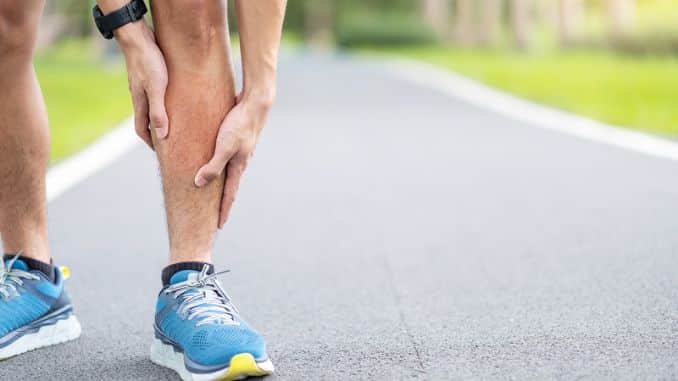
Definitions of Terms
It is helpful to know the following medical terms to understand better the condition, its causes, treatment, and more.
- Supination: A joint movement where a person's weight shifts more towards the outside edges of the feet.
- Pronation: A joint movement where a person's weight shifts more towards the inside edges of the feet.
- Dorsiflexion: The movement where the foot and shin bone are relatively close or when the foot is flexed and pointing upwards.
- Plantarflexion: The movement where the foot and shin bone are relatively far from each other or when the foot is pointing downwards.
- Inversion: The movement where the foot rolls on the outside edge of the foot, so the sole faces medially or towards the body's midline.
- Eversion: A movement where the foot shifts inwardly with the arches flattening.

The Anatomy and Causes of Shin Splints
An overview of the anatomy of the lower leg is vital to understand how shin splints develop fully. Usually, the biomechanics of the lower legs and feet that causes shin splint to develop.
One of the most common causes of shin splints is the excessive mobility of the subtalar joint. The subtalar is the functional center of the lower extremity because it has two triphasic motions during gait (walking). These motions include supination with inversion, plantar flexion, and adduction, or when your weight is placed more on the outside edge of your foot and is pointing downwards, and pronation with eversion, dorsiflexion, and abduction, or when your weight is placed more on the inside edge of your foot and is pointing upwards. During these motions, the primary muscles are the anterior and posterior tibialis, gastrocnemius, and soleus. Shin splints develop when these muscles fail to support the subtalar joint efficiently.
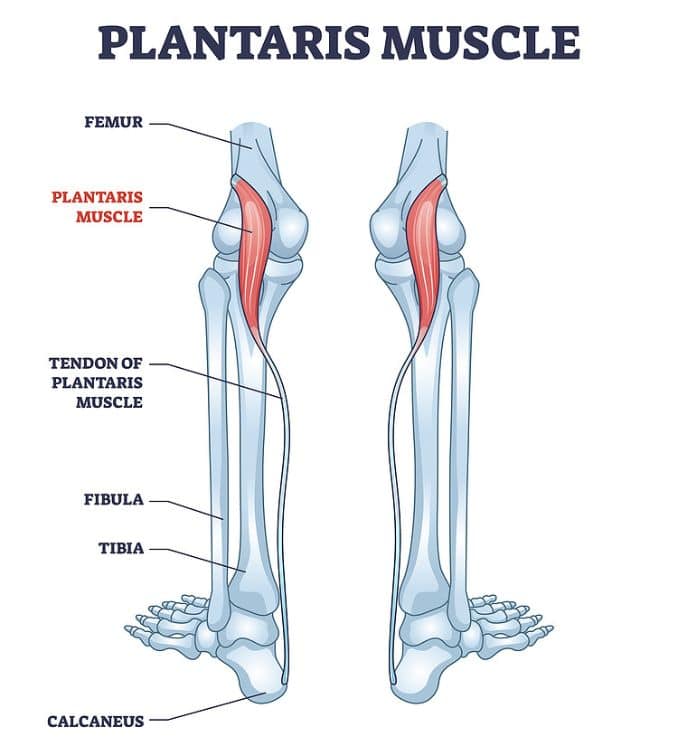 |
 |
Two Major Lower Leg Bones
Next to the subtalar joint, excessive mobility is the inflammation of the connective tissue called the periosteum. There are two major lower leg bones: the tibia (the innermost and larger bone) and the fibula (the outer and smaller bone). These bones are covered by a thin layer of cells that serves as a transition from the bone and the overlying soft tissue called the periosteum. The tibialis posterior, the soleus, and the flexor digitorum longus are attached to this structure. They also have an attachment to the rear and innermost part of the tibia.
When frequent, repetitive stress is applied, the muscles and structures around the tibia, including the periosteum, leads to micro-tearing. This results in pain and inflammation. And in some cases, this micro-tearing results in microfractures on the bone itself due to overuse.
Lastly, heel strike shock can also cause shin splints. This occurs especially with runners. When running, the subtalar joint is subjected to a high force load (3-5 times higher than the actual body weight) with every contact with the ground. During the anticipation of a heel strike, the toes are raised higher than usual to brace for the impact; then, the foot is gradually lowered in contact with the ground to improve shock absorption. This stress on plantar flexion causes injury to the anterior tibialis muscle, which runs from the upper part of the tibia along the front of the shin bone and inserts in the cuneiform and metatarsals of the foot.
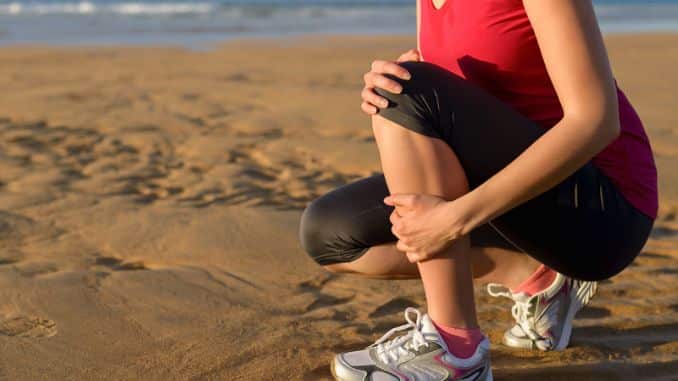
The Symptoms of Shin Splints
People with shin splints will most likely feel a bilateral dull aching pain at the lower part of the front of both legs that worsens upon impact with the ground, such as when walking, running, or jumping. Tenderness and swelling in the area can also be present.
In the initial stage of shin splints, pain is felt at the beginning of the exercise or activity. It disappears during exercise or activity and returns during the cool-down period. However, in the latter stage of the condition, where the development of a stress fracture occurs, pain may be continuously present throughout the exercise or activity.
Stress fractures are a common complication of shin splints. When this occurs, pain and tenderness are felt on the anterior tibia.
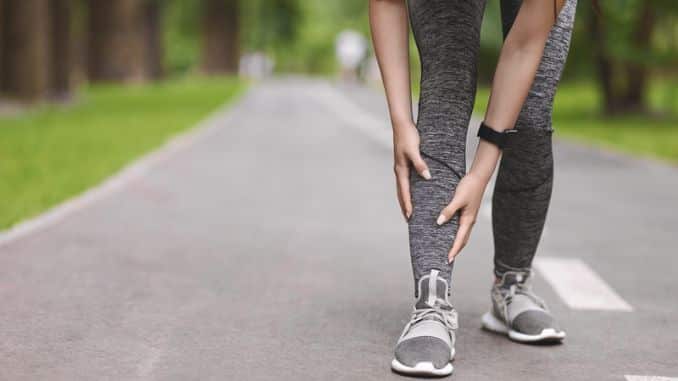
The Diagnosis of Shin Splints
When diagnosing shin splints, the individual's medical history will often determine the symptoms experienced. A comprehensive physical examination and medical interview will be completed to confirm this diagnosis. The following will be reviewed.
Pain Characteristics: You will be asked to describe the level of pain you are experiencing, the location of your pain, and the activities that relieve or aggravate your symptoms.
Physical Examination: Foot pronation and excessive lateral heel wear will be noted in the examination. While wearing shoes, the foot will appear to fall on the inside edges. While barefoot, valgus deformity in rearfoot alignment and low arches will be noted.
Palpation: The medial, posteromedial, and anterolateral tibia are palpated. Tenderness and swelling in the area are expected and noted.
Range of Motion: Using a goniometry tool, the joint's range of motion will be measured to note any limitations or excessive mobility. Analysis of the gait (walking) will be completed to determine the flattening of the arches during stance motion and a fast, excessive striking of the foot into eversion, dorsiflexion, and abduction while running.
Orthopedic Test: Contraction of the anterior or posterior tibialis without any movement of the joint or Isometric contraction may elicit pain. A muscle strength test for leg muscles may be done as well.
Radiological Test: An X-ray, an imaging test, will be done to rule out or confirm stress fractures of the bones.
Neurological Test: To rule out any neurological conditions, several tests may be performed. The result should be negative.
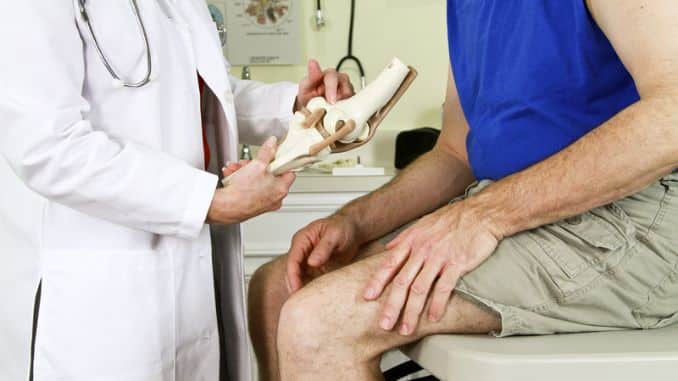
The Treatment of Shin Splints
The treatment goals for this condition are pain relief, function restoration, and prevention of re-injury.
Rest: Shin splints may require you to avoid all physical activity or exercise that could aggravate your condition. Pain and discomfort will gradually reduce with rest and limited activity. You'll need to give your legs time to rest and heal.
Ice Packs: To reduce swelling and inflammation, you can use ice packs on the painful area. Do this 2-3x a day.
Medications: Taking over-the-counter, non-steroidal, anti-inflammatory drugs such as aspirin, ibuprofen, or naproxen can help manage pain and swelling.
Shoe insoles or orthotics: Shoe inserts may be customized or purchased to deal with flat arches.
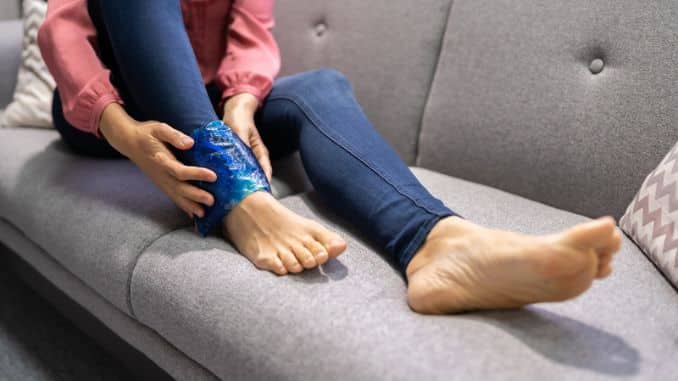
Stretching Exercises for Shin Splints
1. Gastrocnemius Calf Stretch
Begin in an upright standing position facing a wall. Place both hands on the wall at shoulder height. Take a big step back with one foot to stagger your stance, keeping your toes straight ahead. Slowly bend your front knee until you feel a stretch in the calf of your back leg. Hold this position for 30 seconds. Relax and step back to the starting position. Repeat the movement on the opposite side. Start with 1 set of 3 repetitions on each side, holding for 30 seconds.
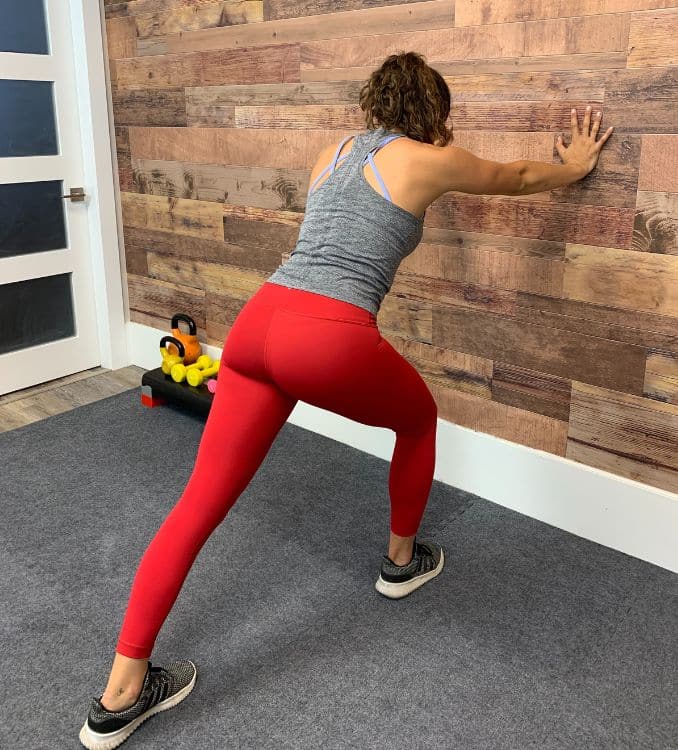
2. Soleus Calf Stretch
Begin in an upright standing position facing a wall. Place both hands on the wall at shoulder height. Take a small step back with one foot to stagger your stance, keeping your toes straight ahead. Slowly bend both knees until you feel a stretch in the lower calf of your back leg. Hold this position for 30 seconds. Relax and step back to the starting position. Repeat the movement on the opposite side. Start with 1 set of 3 repetitions on each side, holding for 30 seconds.
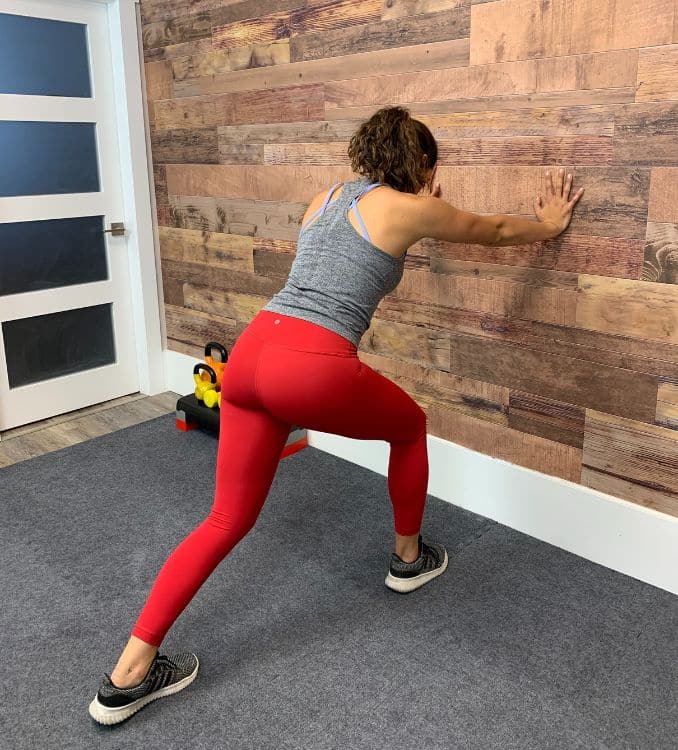
3. Achilles Tendon Seated Stretch
For this exercise, use a towel, strap, or blanket.
Begin upright with your knees bent and your feet flat on the floor. Straighten one leg. Loop the towel under the foot of your straight leg and hold the ends of the towel in each hand. Slowly pull the towel towards you until you feel a gentle stretch on the back of your leg. Hold this position for 30 seconds. Relax and repeat the movement on the opposite side. Start with 1 set of 3 repetitions on each side, holding for 30 seconds.
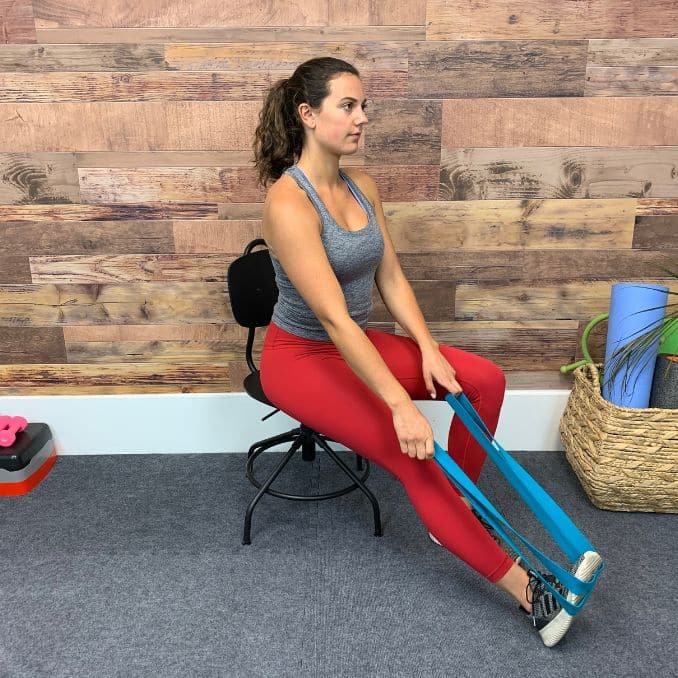
4. Tibialis Anterior Muscle Stretch
Begin in an upright kneeling position on the floor. Slowly lower your seat to your heels and plant both hands on the floor in front of your body. Rotate your feet slightly inward. Press from your arms to slowly raise your body upward, resting your weight on the tops of your feet. Hold this position for 30 seconds. Relax and return to the starting position. Repeat the movement. Start with 1 set of 3 repetitions, holding for 30 seconds.
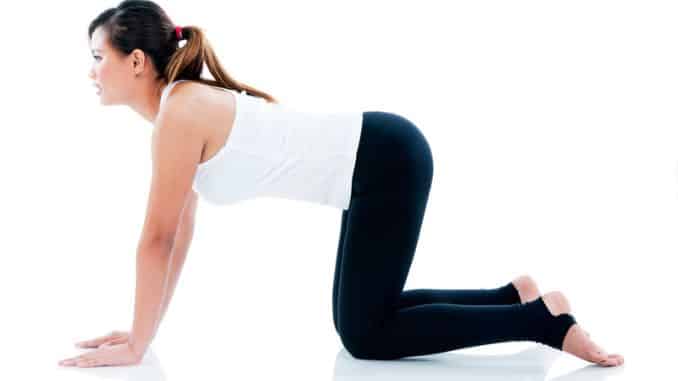
Strengthening Exercises for Shin Splints
To do these exercises, you may require a plyometric box, bench, or stable elevated surface (stair).
1. Step Ups
Begin in an upright standing position in front of the stair. Step onto the stair with one, following the movement with your opposite foot. Slowly step down to the starting position, leading with your opposite foot. Repeat the movement, alternating leading legs. Start with 1 set of 10 repetitions on each side.
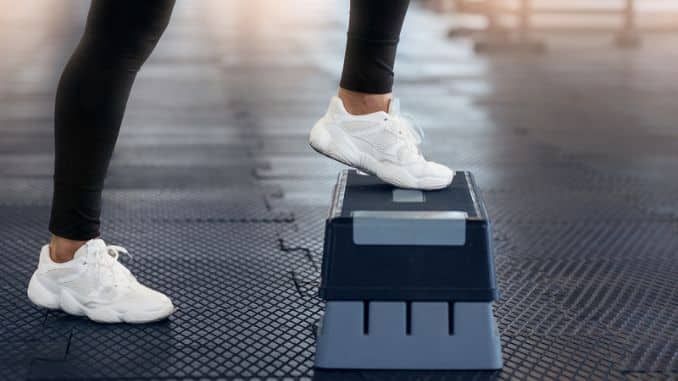
2. Soleus Squats
Begin upright with your back against the wall and your feet shoulder-width apart. Step forward with both feet to increase the angle of your body. Slowly you're your knees and hinge your hips to lower your body down the wall. At the bottom position, raise your toes on both feet and hold this position for 7 seconds. Lower your heels to the floor and raise back up to the starting position. Repeat the movement. Start with 1 set of 10 repetitions.
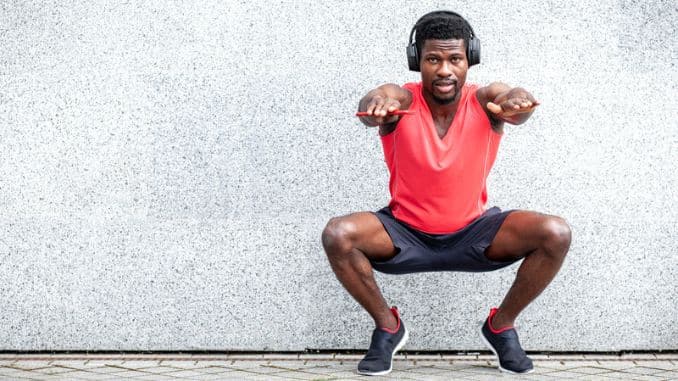
3. Bent Knee Calf Raises
Begin in an upright standing position on top of the stair with your feet shoulder-width apart. Place one hand on the wall for balance if needed, move your feet back so that only the front half of your feet are on the step, and bend both knees slightly. Slowly lower your heels downward, then raise your toes on both feet. Repeat the movement. Start with 1 set of 10 repetitions.

4. Single Leg Soleus Bridge
Begin by lying on your back with your knees bent and your feet flat on the floor. Place the ball of one foot on the stair. Push from your foot to lift your seat off the floor and hold this position for 7 seconds. Lower your seat to the starting position and repeat the movement. Start with 1 set of 5 repetitions on each side, holding for 7 seconds.

5. Side Lying Abduction
Begin by lying on your side on the floor. Rest your head on your outstretched arm and bend your bottom knee for support if needed. Slowly lift your top leg, keeping your toes facing forward, and hold this position for 7 seconds. Lower your leg to the starting position and repeat the movement. Start with 1 set of 5 repetitions on each side, holding for 7 seconds.
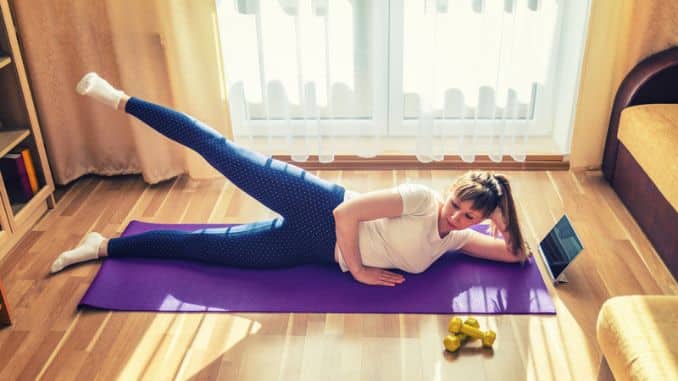
8 Ways to Help Prevent Shin Splints
1. Stretch Your Calves and Hamstrings Frequently
Tight muscles like the calves and hamstring may put you at a greater risk of having shin splints. Stretching them regularly will help in reducing the risk.
2. Avoid Sudden Increases in Physical Activity
Increase exercise intensity gradually and schedule physical activities evenly to avoid muscle fatigue. Minimize high-impact exercises like running and jumping.
3. Exercise on Soft Surfaces
When exercising on hard surfaces like concrete, your bones and muscles absorb great force. This can easily lead to overuse and fatigue, developing into shin splints.
4. Strengthen the Arches of Your Feet
The structure of your arches can be altered over time with age, injury, lack of physical activity, and other medical conditions. This can cause weaknesses that lead to shin splints. Strengthening is important, and orthotics with arch supports may be helpful.
5. Strengthen Your Hip Muscles
Your hips help absorb shock and pressure during physical activity, so strengthening your hip muscles can help avoid undue stress on your legs.
6. Wear Appropriate Athletic Shoes
Ideally, it is best to have several pairs of athletic shoes and alternate using them during physical activity. Good athletic shoes can help posture, absorb shock, and provide proper arch support.
7. Maintain a Healthy Body Weight
Being overweight places additional stress and pressure on your bones and muscles. Maintaining healthy body weight is important for optimal health.
8. If You Are an Athlete, Have Your Form & Technique Assessed by a Physical Therapist
Incorrect running or jumping techniques can lead to shin splints and other injuries. A Physical Therapist can help you correct your form and reduce your risk of shin splints.
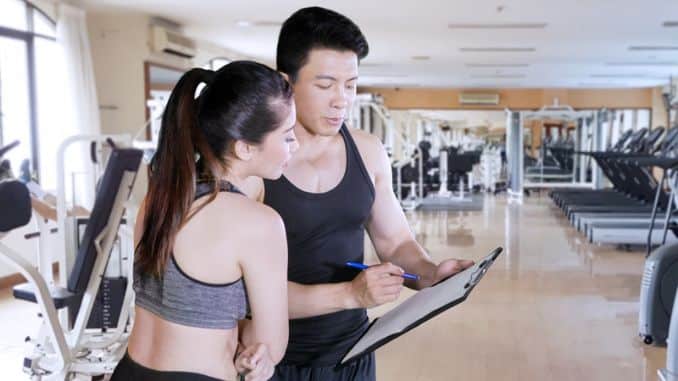
Although shin splints can be successfully treated, changes to your lifestyle may be required to avoid the recurrence of the condition. This may include modifying your physical activity, investing in better footwear, or using orthotics. If you are frequently experiencing pain in your shins, consult with your physician to properly diagnose your condition and create a recovery plan.
If you're looking for a proven, safe, natural way to eliminate shin splints, click here for more information.





